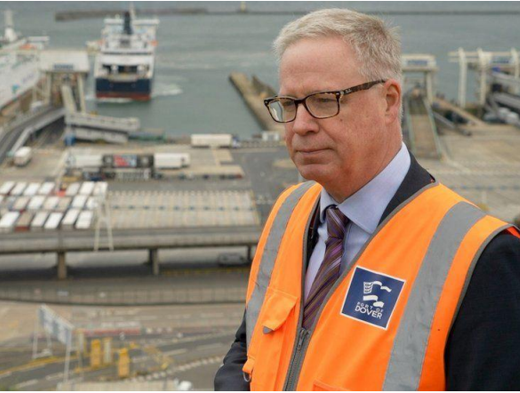Trade shows are an important part of any industry. Companies often pay tens of thousands of pounds to exhibit at such events, yet have no guarantee that merely taking part will create a clear or measurable return on their investment.
 Therefore, companies need to make a concerted PR effort to raise their profile and create a ‘buzz’ around their participation in trade events. If they don’t, their hard work and investment could largely go unnoticed and, in some cases, be wasted altogether.
Therefore, companies need to make a concerted PR effort to raise their profile and create a ‘buzz’ around their participation in trade events. If they don’t, their hard work and investment could largely go unnoticed and, in some cases, be wasted altogether.
The keys to successful trade show PR are to have a structured, phased plan and to begin work months in advance.
1. The starting point is to decide the company’s communications objective. The more precise the objective, the greater the chance of measuring success. Related considerations at this stage include key messages, planned announcements, priority issues to comment upon and the identity of key spokespeople.
2. The first wave of coverage about an exhibition often precedes the event, when trade media publish their ‘preview’ editions. Such articles typically discuss the themes and issues likely to dominate the event, thereby offering platforms for company spokespeople to claim a ‘share of voice’ in industry debate and help shape the event’s news agenda.
3. At many conferences, ‘show daily’ magazines are published on-site. To help drive visitor traffic to your stand, it is important to be covered by these publications. However, what many exhibitors fail to realise is that well over half a show daily’s content is normally written weeks in advance (the only way a magazine can be published on such a tight schedule). By the time of the event, therefore, space is at a premium. The smart approach with show dailies is to provide much of your news well ahead of time on an embargoed basis, so that stories can be planned in accordingly.
4. That said, it is also strongly recommended to have extra news in reserve for announcing at the show. Journalists, visitors and other exhibitors all relish the excitement a surprise announcement creates (particularly when ‘genuine’ industry news is scarce), which in turn helps generate that all-important aura of success around an exhibitor. Therefore, if your story is strong enough to compete for the remaining editorial space at a show, hold back some fresh announcements for your press conference.
5. Remember the importance of strong visuals. An interesting photo opportunity, designed to create striking images, is sure to draw the attention of journalists and can help your story to stand out on a crowded news page.
6. Lastly, remember to keep your wider audience posted through social media. Update your Twitter, Facebook and YouTube accounts with suitable comments, photos and videos during the show. And, if your audience is tech-savvy, explore options for using location-based networking tools, such as foursquare, to draw visitors to your stand.







